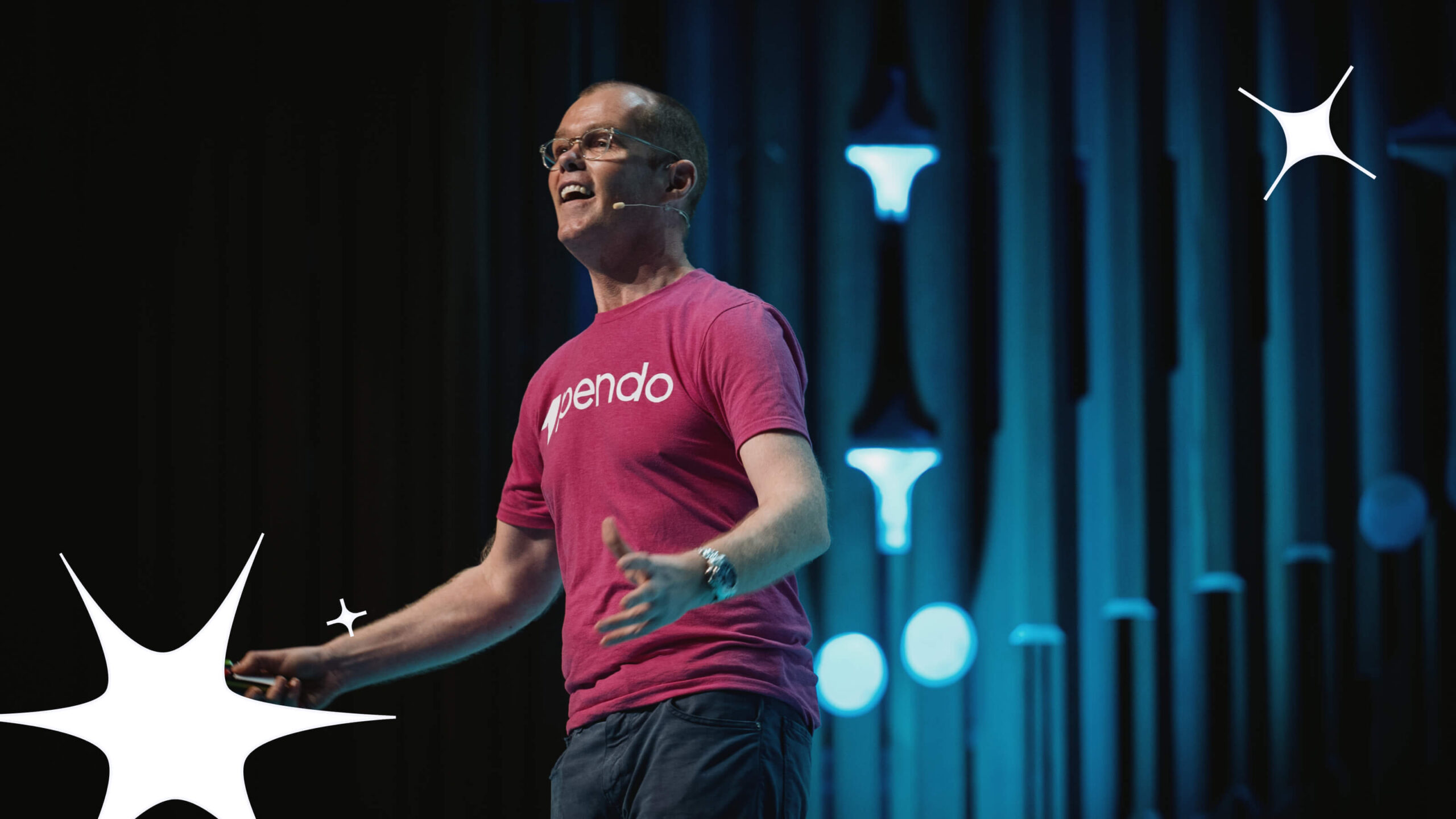At a time when the workforce has become more and more distributed, with colleagues working thousands of miles and multiple time zones apart, the use of digital tools to collaborate and get work done has never been more important. Companies are spending unprecedented amounts on Software as a Service (SaaS) applications. And yet too often employees feel overwhelmed by the pace of change and proliferation of apps.
The rollout of new apps and features within companies is usually a technical success. But how can change managers ensure that this translates to lasting business success? This was one of several topics that Hannah Whiteside, senior product marketing manager at Pendo, and Hannah Farley, a Microsoft Dynamics change implementation expert, discussed in a recent webinar on overcoming user adoption challenges on the Microsoft Power Platform and Dynamics 365.
In the course of their conversation, Whiteside and Farley talked about common barriers to lasting digital adoption and how to overcome them. Here are three key tactics they recommended:
Get change sponsorship at the right level
Very often when a business deploys a new change to its employees–be it the rollout of a new app, a new feature within an app, or a new workflow–it is IT that both funds and takes the lead on guidance around that change. But in an increasingly decentralized and distributed workforce, there’s no guarantee that employees will take up the guidance, especially if it’s coming from people they have little familiarity or day-to-day interaction with.
Employees want to hear about how a change will impact them from the managers they work closest with and those in the business who are their direct sponsors. To improve adoption, change needs to be sponsored by leaders with the organizational proximity and authority to prioritize the work among employees. Bringing in, say, the chief operating officer (COO) to help communicate and emphasize the importance of the change will thus go a long way in ensuring the change happens as planned.
Plan for sustained accountability
We know that work happens over time. But when it comes to change, companies often put too much emphasis on individual moments–specifically when an app, new feature, or some other development goes live–at the expense of realizing the business goals that spurred the change in the first place.
Change management strategies shouldn’t stop when a project goes live. With SaaS products especially, changes don’t all come at the go-live event. Nor does a successful go live guarantee business results will be realized or sustained. A year out from when a company adopts new software, the current state of what that software offers and how employees are using it will have changed. Initial communications and training content inevitably become stale. Companies need to plan a way to ensure employees continue to gain momentum in using the right workflows, processes, and guides.
A given change needs an owner to keep track of how things are going, who can look at adoption over time and see how well employees are faring. The analytics that a digital adoption solution such as Pendo Adopt provides can give a project owner insights into where employees are struggling. It can help inform a sustainability plan to improve and update guidance, processes, policies, and any areas of friction that may be hindering business results. This puts teams on a lasting path to success.
Empower change managers
Because strong change management is key to driving adoption, it’s ironic that it often finds itself on the chopping block of a company’s budget. Too many think that the field involves little more than rolling out training and communications. This couldn’t be further from the case. Done right, change management requires strategic thinkers who plan ways to enforce governance, boost productivity, foster collaboration, and drive countless other behaviors.
At the end of the day, companies adopt new software and tools to meet important business needs. Key to realizing their ROI on that software is to make sure employees are behaving as expected. Change managers should be in a position to drive this behavior, quantify their impact, and prove that employees are helping achieve these goals–and a great digital adoption solution puts them in a position to do that.
To learn more about digital adoption and what is change management, watch the full conversation here.


